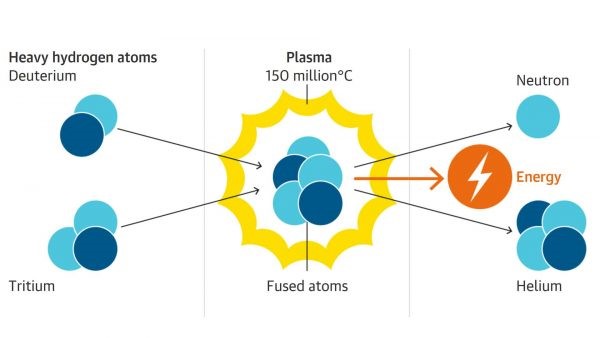The narrative of nuclear energy is one fraught with controversy and contention since the dawn of the nuclear era. But what if we stand on the precipice of a technological breakthrough that could revolutionize the world of nuclear power forever? Having studied high energy physics, I am excited to share this exploration into the realm of nuclear fusion is a deep dive into scientific complexities and groundbreaking possibilities.
Nuclear technology forms part of the backbone of power generation in numerous countries. For instance, over 75% of France’s electricity comes from nuclear energy, although recently it has faced challenges. However, initiating new nuclear projects often becomes a hotbed of controversy. The complexities involved in constructing new power plants, as exemplified by Finland’s Olkiluoto-3, and the political challenges seen with the UK’s Hinkley-C, underscore the difficulties in expanding nuclear energy. Currently, all operational nuclear plants employ fission reactors, utilizing heavy, unstable elements like Uranium and Plutonium. When bombarded with subatomic particles, these elements break apart, releasing enormous amounts of energy. We look at fission reactors in our other nuclear blog.
However, let’s focus on a seemingly elusive, yet tantalizingly possible alternative: nuclear fusion.
Nuclear fusion has long been considered the “holy grail” of nuclear energy – a source of abundant, cheap power devoid of the hazardous waste linked to nuclear fission. This might conjure images of eccentric scientists toiling away in clandestine American laboratories, a la the 1996 Keanu Reeves movie “Chain Reaction.” The film explored the concept of a stable form of nuclear fusion energy, utilizing common elements like Hydrogen to generate vast power without harmful byproducts.

Consider this: according to scientists at ITER, a chunk of Hydrogen no larger than a pineapple can produce energy equivalent to 10,000 tonnes of coal. The actual path to achieving this feat involves an unprecedented international collaboration, and we are currently entering an exhilarating phase of its development.
Our understanding of nuclear physics, the intricacies of fusion and fission, and the workings of our sun and stars have evolved over the 20th century, anchored by Einstein’s renowned equation E=mc2. Both fission and fusion draw their energy from this equation, with a slight difference in mass converted into colossal amounts of energy during the reaction.
Stars exemplify this process when they convert Hydrogen into Helium – a fusion process requiring the extreme pressure and temperature conditions present within the celestial bodies. Other fusion processes, like the CNO cycle and reactions occurring during supernovae, give birth to heavier elements.
The daunting challenge scientists face is replicating and controlling these star-like conditions here on Earth. We have managed to induce fusion reactions in laboratories and even developed fusion-based thermonuclear or hydrogen bombs by 1952. The real hurdle lies in harnessing these star-like forces and energies, a challenge that, if surmounted, could lead to an energy revolution.
Today there are teams of people across the globe working on this problem such as the National Ignition Facility and HiPER (High Power Energy Research) project working on lasers as well as LDX, Z-IFE, General Fusion.
The biggest is the ITER project (pictured above) based in the south of France. This aims to build and run an experimental TOKAMAK that can produce 500MW of power for long periods of time. This international initiative that includes input from 35 nations reached its half way point in late 2017. The $20bn project aims to be generating electrical energy by as soon as 2025. Its aim is to generate 10 times the amount of power compared to that put into the system namely 500MW out from 50MW in.

